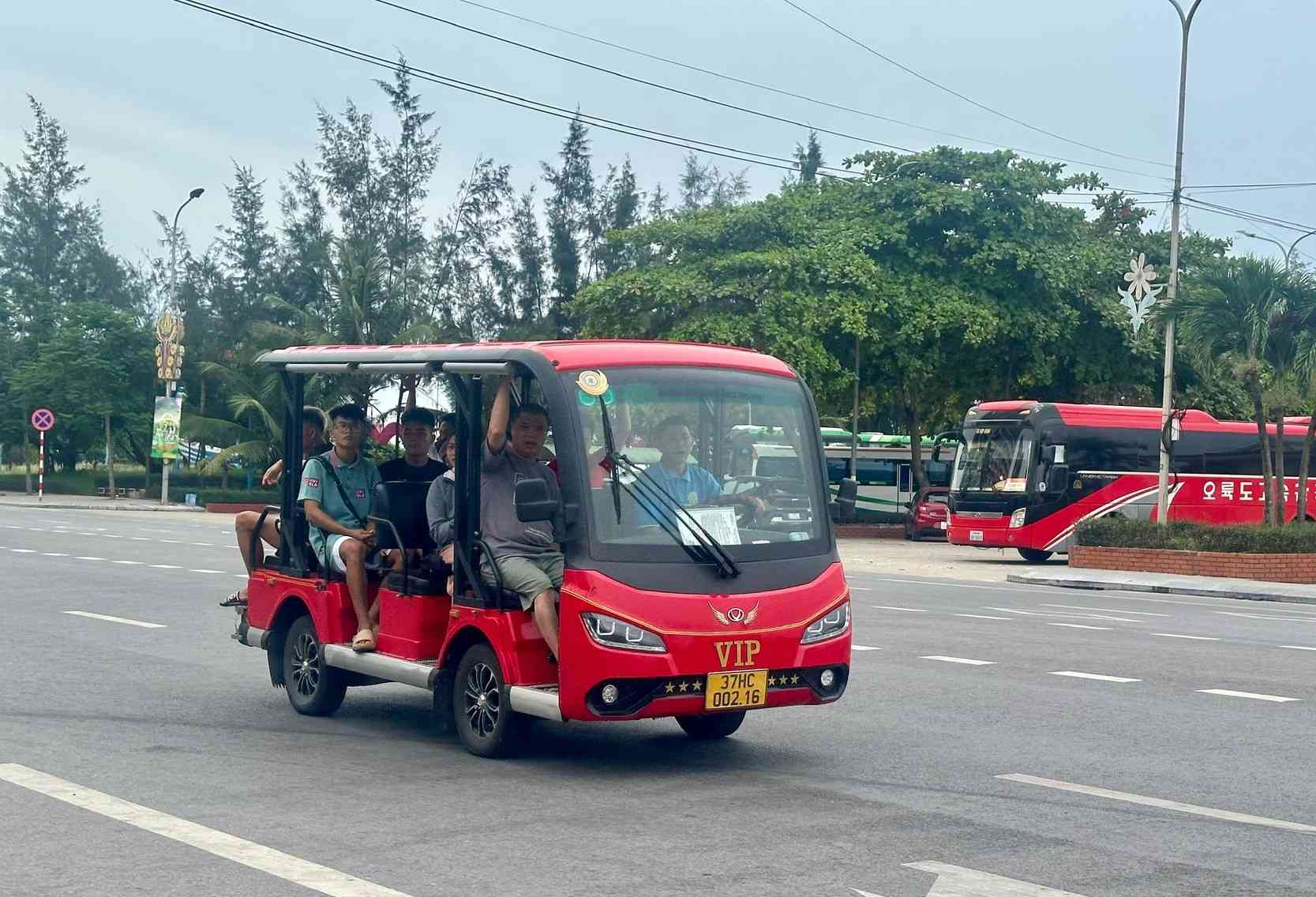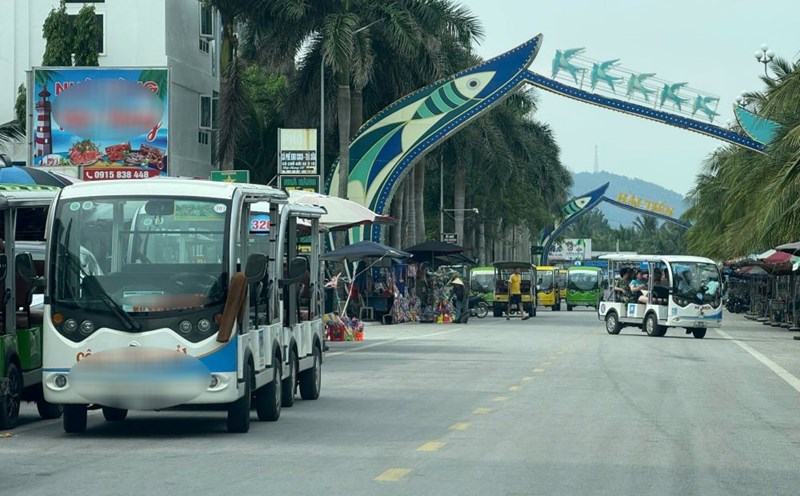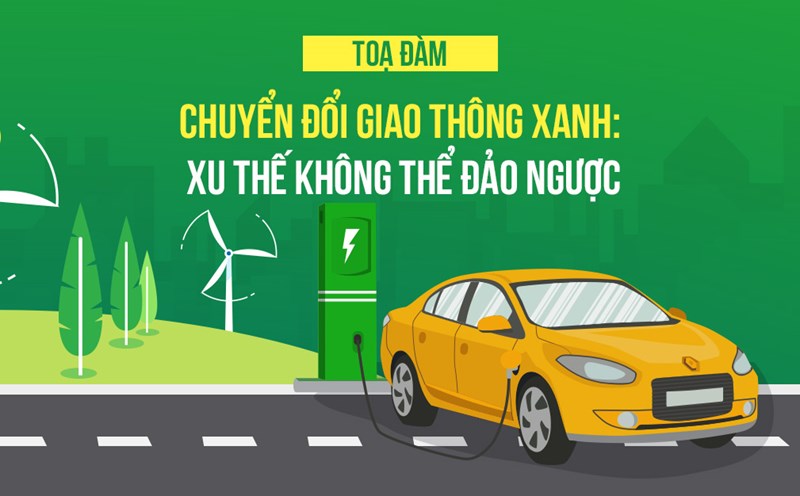On the afternoon of July 17, speaking with a reporter from Lao Dong Newspaper, Chairman of Cua Lo Ward People's Committee (Nghe An) Mr. Cao Minh Tu said that the ward had sent a document to the Provincial People's Committee proposing solutions to create conditions for tourist electric vehicles to operate again.
"Currently, there are hundreds of electric vehicles in the area, if they are stopped, it will affect the livelihoods of many local workers. This is a safe, environmentally friendly form of transportation and has been associated with Cua Lo sea tourism for many years" - Mr. Cao Minh Tu said.

Currently, in Cua Lo ward, there are 278 4-wheel electric vehicles operating to serve tourists, creating jobs for more than 500 local workers.
Previously, on July 3, 2025, Nghe An Provincial People's Committee issued a document assigning relevant departments and branches to coordinate with localities to study and propose a plan to organize electric vehicle activities in accordance with current regulations.
According to Decree 165/2024/ND-CP, electric vehicles are only allowed to travel on routes with signs limiting the maximum speed to 30km/h for all vehicles. However, in Cua Lo ward, there are currently no routes that meet this condition because the infrastructure design is at a speed of 50km/h or more.
Experience from tourism localities shows that implementing low-speed signs is a feasible solution, both ensuring traffic safety and creating conditions for 4-wheeled electric vehicles to operate again.
At Hai Tien coastal tourism area (Thanh Hoa), after placing a speed sign of 30km/h on a coastal route of more than 6km, about 200 electric vehicles have been allowed to operate again.
In Hoi An ancient town, many ancient streets have also applied similar solutions to regulate mixed-use vehicles in urban tourism space.
The People's Committee of Cua Lo Ward hopes that with the proactiveness of the grassroots and the support of departments and branches, the Provincial People's Committee will soon consider and issue appropriate solutions, creating a stable legal corridor for tourism electric vehicles - a friendly and civilized symbol of marine tourism - to operate sustainably, in harmony with traffic planning and local development needs.










